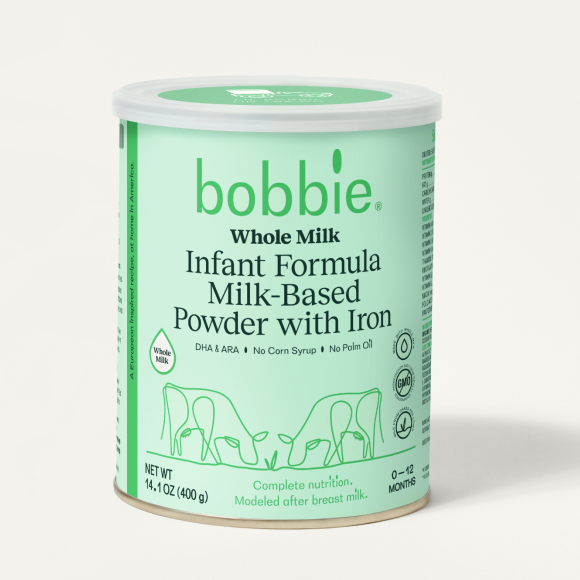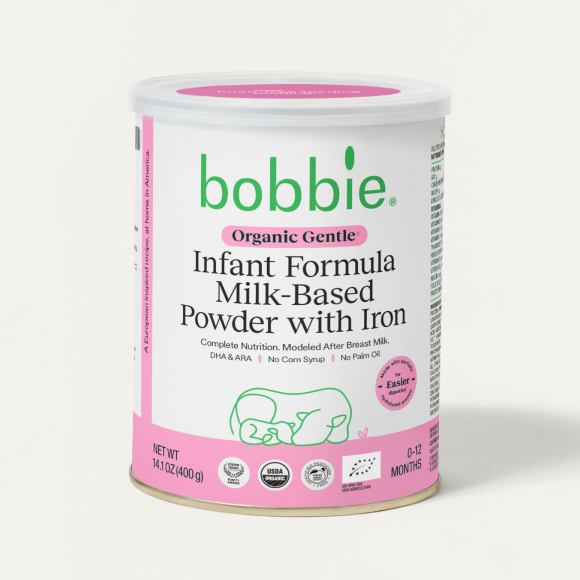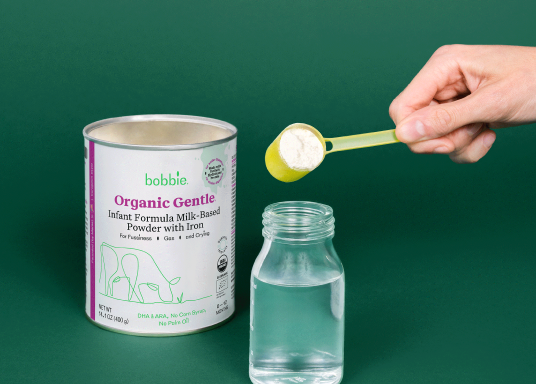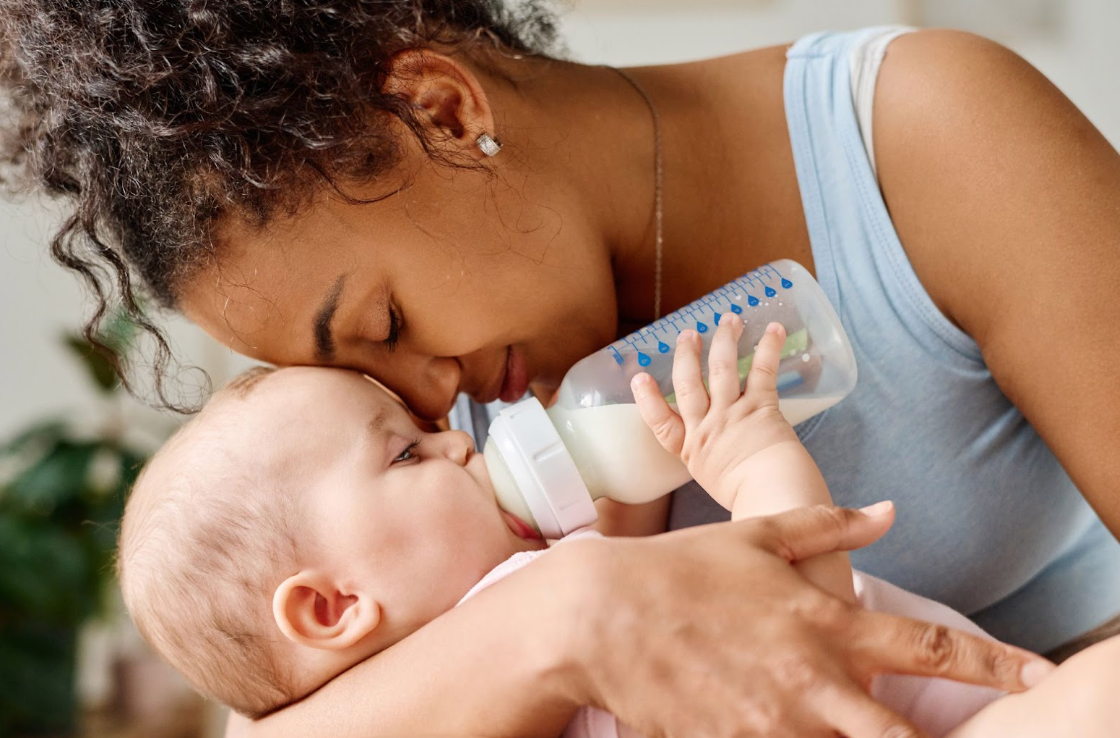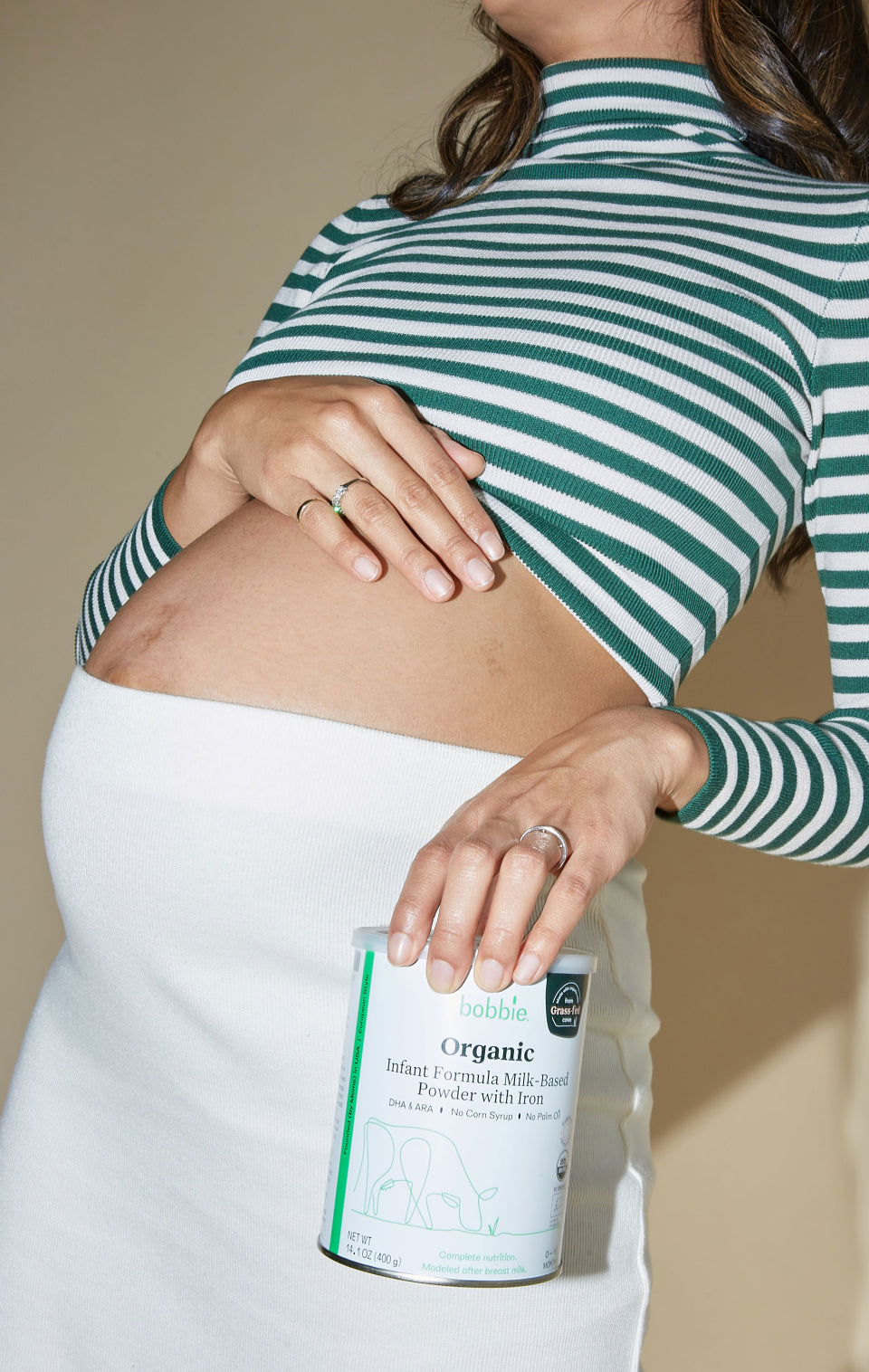Published August 28, 2025

From Diapers to Departure: A Parent’s Guide to Traveling With a Baby
By the NAPS expert Emily Silver NP-C, IBCLC
As a mom of three, I’ve come to treasure the joy and chaos of traveling as a family. There’s something magical about exploring new places through the eyes of your little ones. But let’s be real: the thought of traveling with a baby or toddler can feel overwhelming. I remember my first trip with my eldest daughter when she was just six weeks old. The anxiety was real — the endless packing lists, sleepless nights imagining all the “what ifs” and the uncertainty of how it would all go.
Fast forward to today, and I still believe that trip was one of the best decisions we ever made. Traveling with babies and young children is not only possible, but it can also be incredibly rewarding. Sure, there will be bumps along the way (figuratively and literally), but the memories you create will be worth every hiccup. With the right preparation and mindset, you can make your family travel experience smooth, fun and even stress-free.
Here’s a guide to help you feel confident and ready for your next adventure.
Why Travel With Your Baby? The Benefits of Family Travel
Before diving into the logistics, let’s talk about why traveling with your baby is worth the effort. Many parents worry about disrupting routines or facing challenges on the road, but travel offers unique opportunities for bonding, growth and creating lifelong memories.
Here are just a few of our favorite reasons to take that trip with your little one:
-
Bonding time: Away from the distractions of everyday life, you’ll have uninterrupted quality time as a family. Whether it’s cuddling your baby on a long flight, sharing laughs during road trip pit stops or simply enjoying a new environment together, travel brings families closer.
-
Building resilience: Travel introduces your baby to new environments, people and experiences. It’s a chance to nurture adaptability and resilience. Babies are often more flexible than we give them credit for, and exposing them to new situations can help build their confidence and yours.
-
Creating memories: Even if your baby won’t remember the trip, you will. Photos, journals and souvenirs can capture these special moments for years to come. These early adventures can also become cherished stories you’ll tell your child as they grow older.
-
Exposure to new stimuli: Different sights, sounds and smells can be enriching for your baby’s development. Whether it’s the sound of waves crashing on a beach or the vibrant colors of a bustling marketplace, these experiences can spark curiosity and wonder.
If you’re still on the fence about traveling with your baby, take a moment to consider the long-term benefits. You’re not only creating cherished memories but also teaching your child that the world is a place to explore and enjoy.
Planning Ahead: Setting the Stage for Success
The key to stress-free travel with a baby is preparation. A little planning goes a long way, and it starts with knowing what to expect.
Do Your Research
-
Accommodations: Call ahead to confirm what baby-friendly amenities are available. Many hotels and Airbnbs provide cribs, high chairs or play yards. Some even offer extras like baby-proofing kits or toys. Ask about these options to avoid overpacking.
-
Transportation: Check airline policies for traveling with infants, including rules for strollers, car seats and breastmilk. If you’re driving, plan for frequent stops to feed, change diapers and let your baby stretch. Research child seat safety guidelines and ensure your car seat complies with local regulations at your destination.
-
Destination details: Consider time zones, weather and cultural norms. For example, in sunny locations, prioritize sun protection with SPF clothing, hats and baby-safe sunscreen. If you’re traveling to a colder climate, pack appropriately with layers, mittens and warm blankets.
Pack Strategically
Despite what your brain might be telling you, you don’t need to pack everything. Leave the kitchen sink at home (seriously — skip the baby tub!) and plan to grab what you need once you arrive. Here’s how to pack smart:
-
Essentials only: Focus on items you can’t easily buy at your destination, such as medications, specific baby gear or specialty items.
-
Leave room for extras: You’ll want space for souvenirs and anything you pick up on the trip. Consider packing collapsible bags or totes that can be used for extra storage on the way back.
-
Test your gear: Before the trip, test out any new travel gear, like carriers or portable cribs, to ensure they work for you and your baby.
The Ultimate Packing Checklist To Follow
Let’s break this down into what to pack in your checked luggage and carry-on.
Checked Luggage Must-Haves:
-
Clothing: Pack enough outfits for the trip, plus a few extras. Choose lightweight and versatile items that can be layered. Include items for various weather conditions, such as a light jacket for cool evenings or a sun hat for daytime outings.
-
Feeding supplies: If you’re pumping, don’t forget bottles, a bottle brush and dish soap. Consider packing a small cooler bag with gel packs if you need to transport breastmilk.
-
Medical kit: Include Band-Aids, baby-safe pain relievers (Tylenol or Motrin), Benadryl, a thermometer and any prescriptions. Add teething remedies, saline spray and a nasal aspirator for extra peace of mind.
-
Bathing gear: Don’t forget SPF bathing suits, a baby-safe towel and gentle soap. A compact foldable baby tub can be helpful for longer trips.
Carry-On Essentials:
Your carry-on is your lifeline during travel. Here’s what you should have within arm’s reach:
For Your Baby:
-
Diapers and wipes: Pack more than you think you’ll need — seriously. Aim for one diaper per hour of travel, plus a few extras. And wipes? Bring a ton. They're not just for diaper duty — they’re lifesavers for sticky hands, tray tables and mystery messes.
-
Clothing and comfort: Tuck in two extra outfits for the baby and one for yourself (spit-up doesn’t discriminate). Add 2–3 burp cloths — cloth diapers work great here — for drool, spills and lining that public changing pad. Don’t forget a favorite blanket or snuggly friend for mid-flight cuddles.
-
Feeding: Pack bottles, expressed breastmilk if needed, and easy snacks if baby’s on solids. Breastfeeding? A hand pump is a great backup. And to help with ear pressure during takeoff and landing, have a pacifier or plan to nurse.
-
Other essentials: A portable changing pad is a must for airport bathrooms and cramped plane lavs. Also, throw a sun hat with a good brim and neck flap into the diaper bag — you’ll want it when you land.
For the Big Kids:
-
Entertainment: Keep boredom at bay with something new — think coloring books, sticker packs or even a roll of Scotch tape (it’s oddly magical). If you're okay with screens, load up a tablet with kid-friendly shows or games before you leave.
-
Comfort and snacks: Bring their favorite stuffed animal or cozy blanket to make unfamiliar places feel safe. A refillable water bottle (fill it post-security) and a stash of no-mess snacks — granola bars, pretzels, applesauce pouches — will keep hangry meltdowns away.
-
Other essentials: Clip-on hand sanitizer is always a win, and you’ll want an extra change of clothes and underwear (just in case). Don’t forget plenty of wipes — they will get sticky. And for little ones, a teether or chewy toy helps with ear pressure. Older kids? Gum can do the trick — if they’re old enough not to swallow it.
When in doubt, overestimate your carry-on needs. It’s better to have too many diapers or snacks than to run out mid-trip.
Navigating the Airport Like a Pro (Even With a Baby in Tow)
The airport can be one of the most stressful parts of traveling with a baby — but with a little planning (and the right gear), you can breeze through like a seasoned pro.
Babywearing vs. Stroller
-
Babywearing: Babywear as much as possible! A carrier keeps your hands free and your baby close — ideal for navigating crowds and zipping through security. Bonus: it frees up the stroller to haul your carry-ons instead of your kid.
-
Stroller: Prefer the stroller? Airlines typically let you check your stroller and car seat for free — either at curbside or right at the gate. Just be sure to use proper travel bags and tag them with your name and contact info. Some brands will only offer damage replacements if their official travel bag was used.
-
Pro tip for big kids: Don’t ditch the stroller just yet! Even if your toddler is walking, bringing the stroller means less to carry and a comfy spot for them if flights get delayed. Just allow a little extra time at security if you're gate-checking — it may need to be inspected.
Security Tips: Traveling With Breastmilk
Traveling with baby-related liquids doesn’t have to be a hassle if you know your rights:
-
You’re allowed to fly with breastmilk, baby food and your pump. Most airlines even let you bring an extra bag for the pump.
-
TSA’s 3.4 oz liquid rule doesn’t apply to these items — you can bring more than 3.4 oz of breastmilk without issue.
-
Your baby does not need to be with you to carry breastmilk through security. This is clearly spelled out on the TSA website, so don’t let anyone tell you otherwise.
-
Print out the TSA guidelines and bring a copy with you in case you run into any trouble.
We love the Ceres Chill for travel — it keeps up to 34 oz of breastmilk cold for 20 hours and is FSA/HSA reimbursable. Just let security know that you are traveling with breastmilk.
5 Tips for a Smooth Flight
Once you’re in the air, your mission is simple: keep your little one comfy, calm, and (fingers crossed) entertained. A bit of prep — and a good mindset — can go a long way.
1. Ease Ear Pressure During Takeoff and Landing
Cabin pressure changes can be tough on tiny ears. Help relieve the discomfort by offering a pacifier, bottle or breastfeeding during takeoff and landing. Nursing not only soothes but also helps equalize pressure.
2. Consider Springing for the Extra Seat (if Budget Allows)
If your baby has their own seat, you can bring their car seat on board and buckle them in safely. It’s a great option for mobile toddlers or those who love to make a break for the aisle.
3. Keep Them Busy — Really Busy
Babies and toddlers have very short attention spans, so plan to switch activities every 20–30 minutes (or less, depending on your kiddo). A well-packed travel bag with new toys, books or snacks can help you stay one step ahead of boredom.
4. Managing the Meltdowns
Yes, your baby might cry — and that’s completely normal. It often feels louder to you than to anyone else. Most passengers will be understanding, especially when they see you doing your best. Take a step back and remind yourself: “This will be over soon, and it will be worth it.”
5. Staying Flexible: The Golden Rule of Travel with Kids
Even the best-laid plans can go sideways. Babies get fussy, flights get delayed and schedules shift — and that’s all part of it. The real key to traveling with little ones? Stay flexible and ride the waves as they come. When things get bumpy, try one of these grounding mantras:
-
“This is temporary.”
-
“The memories we’re making are worth it.”
-
“I’m doing my best, and that’s enough.”
-
“One moment at a time.”
-
“Every hiccup is part of the adventure.”
Creating Lifelong Memories
Traveling with a baby may feel overwhelming at first, but the memories you create will last a lifetime. With the right preparation and mindset, you can embrace the adventure and enjoy every moment — even the messy ones. So, pack your bags, take a deep breath and get ready to explore the world with your little one by your side. You’ve got this!
For more tips and parenting advice, visit the Bobbie Blog. Safe travels!
The content on this site is for informational purposes only and not intended to be a substitute for professional medical advice, diagnosis or treatment. Discuss any health or feeding concerns with your infant’s pediatrician. Never disregard professional medical advice or delay it based on the content on this page.


